Types of Warehouse Storage Systems and Solutions
Explore efficient warehouse storage options like pallet racking, shelving systems, AS/RS, and mezzanines. Maximize the space for your warehouse storage today!

Explore efficient warehouse storage options like pallet racking, shelving systems, AS/RS, and mezzanines. Maximize the space for your warehouse storage today!

Warehouses are the backbone of every successful supply chain, yet many still struggle with inefficiency and disorganization due to poor storage systems. The challenge is clear: without the right storage solutions, space is wasted, productivity suffers, and managing inventory becomes a logistical nightmare.
The solution is simple: choose the right warehouse storage system. Whether you're handling high-volume items or irregularly shaped goods, having a tailored storage approach can transform operations.
In this article, we'll explore the various storage systems available, helping you decide which one suits your business needs best, and how the right system can optimize your warehouse like never before.
A warehouse storage system is the structured setup, either manual, semi-automated, or fully automated, that supports how inventory is stored, organized, and accessed within a warehouse. It forms the backbone of warehouse operations, ensuring that every item has a designated place and that workflows remain smooth, accurate, and efficient.
From basic shelving units for lightweight items to advanced racking systems and AS/RS solutions for high-volume inventory, storage systems are designed to match specific operational needs. The objective is not just to store goods but to do so in a way that saves space, reduces handling time, and supports scalability as product lines and volumes grow.
An effective warehouse storage system is a foundational decision that drives performance across the supply chain. Here's what the right system helps you achieve:
The right storage system is a critical enabler of scalability, accuracy, and profitability in warehouse operations.
An effective storage system goes beyond stacking goods. It enables your warehouse to perform at its best. Here’s how:
Maximise both floor and vertical space to eliminate clutter, delay expansion costs, and accommodate higher inventory volumes within the same footprint.
A structured system reduces misplacement, supports real-time tracking, and keeps stock levels in check, reducing the risk of overstocking or running out.
Clear pathways, labelled zones, and easy access reduce retrieval time; helping teams fulfil orders quicker and maintain delivery timelines.
Efficient layouts minimise unnecessary movement and manual handling, improving productivity and reducing workforce fatigue or overtime.
Modern storage systems are modular and customisable, making it easier to adapt to shifting SKUs, product types, or growing operational needs.
Choosing the right warehouse storage system is crucial for optimizing space and improving efficiency. From pallet racks to automated systems, understanding your options helps streamline operations and boost productivity. Let’s explore the different types of warehouse storage systems to find the best fit for your needs.
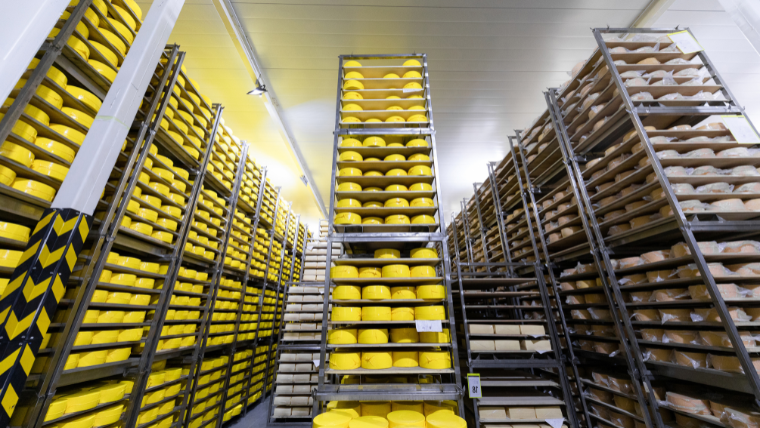
Rack storage systems are among the most common and versatile storage solutions in warehouses. They come in various configurations to fit different types of products.
Selective racking is a straightforward system where pallets are placed in horizontal rows. This system provides direct access to each pallet and is ideal for warehouses with a wide variety of products. It’s especially useful for operations with frequent stock rotation.
Ideal for large quantities of similar products, drive-in racking allows forklifts to drive into the rack and deposit pallets. This system is efficient for businesses that need to store items in bulk and have a "last in, first out" (LIFO) inventory strategy.
Push-racking is a dynamic system that allows pallets to slide back on inclined rails. This system is ideal for storing multiple products in the same aisle and is perfect for warehouses with a high volume of inventory and low turnover rates.
Static racking systems are traditional, fixed storage solutions. These are used in warehouses where inventory doesn’t change frequently. They provide organized, static storage and are ideal for bulk or low-movement items.
Mobile racking systems are designed for high-density storage. These racking units are mounted on mobile bases and can be moved to create more space as needed. This system is great for optimizing floor space and improving storage efficiency.
Helpful read: How to enhance your space with effective display racks
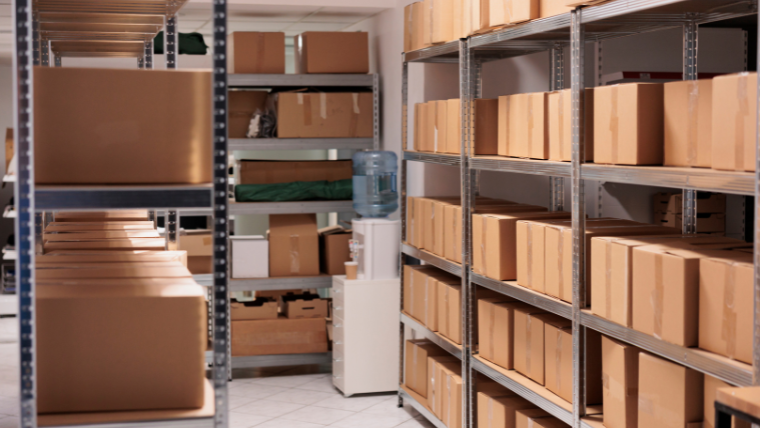
Shelving systems are commonly used for smaller items that don’t require pallet storage. These systems are flexible and can be adapted to suit various types of goods.
Boltless shelving units are easy to assemble and are ideal for storing smaller items. The absence of bolts makes it faster to set up and reorganize as needed. It’s a perfect choice for smaller warehouses that store diverse products.
Wire shelving units are perfect for environments that require visibility and airflow, such as food storage or electronic components. These shelves are lightweight, sturdy, and ideal for products that require temperature control or frequent inspection.

For warehouses that require a high level of automation, Automated Storage and Retrieval Systems (ASRS) are the ultimate solution. These systems use automated cranes or robots to move goods around, reducing labor costs and improving efficiency.
VLMs use vertical space to store items and are ideal for items of varying sizes. These systems can quickly retrieve products by selecting the correct tray or bin. VLMs are perfect for high-density storage and can significantly reduce the need for floor space.
Vertical or horizontal carousels automatically bring the items to the operator, eliminating the need to travel across the warehouse. This solution reduces picking times, increases productivity, and improves accuracy in item retrieval.
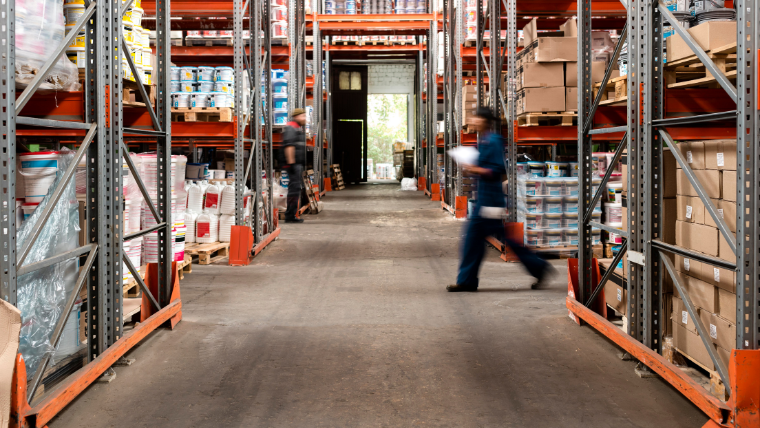
Mezzanine systems take advantage of vertical space by adding an additional level to your existing warehouse. These are perfect for warehouses with limited floor space but plenty of vertical clearance.
This system allows storage on multiple levels, increasing capacity without expanding the warehouse’s footprint. Multi-level shelving is a great solution for businesses that need more storage without moving to a larger facility.
These are raised platforms that can support shelving, racks, or even entire workstations. Mezzanine floors are ideal for warehouses that need extra storage or workspace but can’t afford the high costs of expansion.
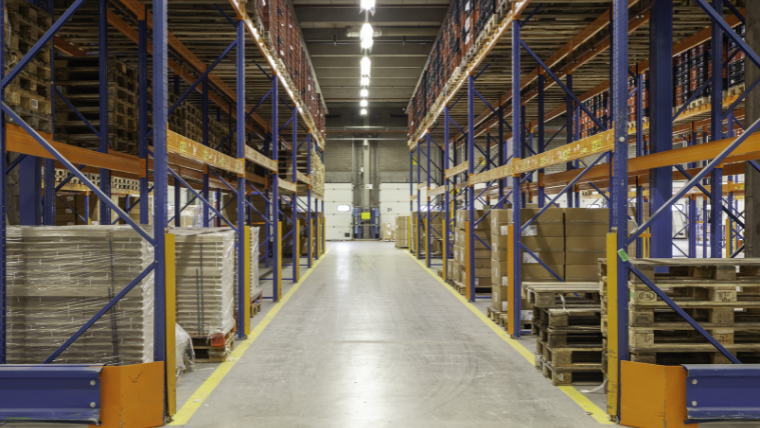
Flow racking systems are a form of dynamic storage that uses gravity to move products from the back to the front. This system ensures that the oldest stock is always used first, supporting the “first in, first out” (FIFO) inventory strategy.
Gravity flow racks use rollers or wheels to move items from one end of the rack to another. As products are added to the back, they flow toward the front, which helps streamline inventory management.
These are a specific type of flow racking system designed to ensure that products are used or shipped in the order they arrived. This is particularly useful for perishable items, electronics, or items with expiration dates.
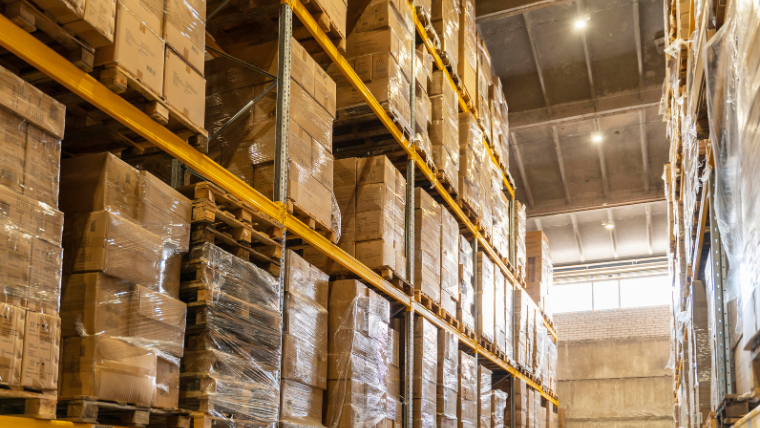
Bulk storage is used for large, irregularly shaped items or high-density goods. This system can take several forms, from simple floor stacking to more complex systems that make it easier to manage large quantities of materials.
Large bins or containers are used to store products, often stacked on the floor. This system is highly flexible and can be adjusted based on the type of goods being stored.
For products stored on pallets, bulk pallet storage is an efficient way to store goods without the need for shelving. Pallets are stacked directly on the floor or on racks, which helps store larger quantities.
Your warehouse setup doesn’t end with selecting the right storage racks. To truly enhance efficiency and performance, consider these practical strategies:
In today’s competitive market, businesses need efficient, reliable, and customizable storage systems to optimize warehouse operations. At Expanda Stand, we offer a variety of industrial storage solutions designed to meet the specific needs of warehouses and industrial spaces. Our solutions help maximize storage capacity, improve inventory management, and streamline workflow.
Explore Our Range of Warehouse Storage Systems:
With Expanda Stand, you can explore a range of industrial storage solutions and find the perfect fit for your needs. Whether you need pallet racks, cantilever racks, or a multi-tier system, we have the expertise to help you improve efficiency and streamline operations.
Warehouse storage systems are much more than just places to store goods. They are integral to the efficiency, productivity, and overall success of your business. By choosing the right storage solution, you can optimize space, improve order accuracy, and enhance operational efficiency.
Whether you opt for racking systems, automated solutions, or mezzanine floors, it’s important to choose a system that aligns with your warehouse's size, capacity, and specific needs. A smart investment in the right storage solution will pay off in the long run, helping you streamline your operations and meet customer demands faster.
With Expanda Stand’s diverse range of warehouse storage systems, you can tailor your storage solution to meet the unique needs of your business. From light-duty racks to heavy-duty pallet systems and flexible cantilever options, our solutions help optimize space, improve organization, and increase operational efficiency.
Contact us to help you create a smarter, more organized warehouse to drive your business forward.
When selecting a warehouse storage system, consider space efficiency, product type, accessibility, and scalability. Think about the volume and size of your inventory, the frequency of product retrieval, and whether you anticipate growth. This ensures the system adapts to both current and future needs.
Automated Storage and Retrieval Systems (ASRS) speed up operations by reducing manual labor and human error. They use technology like robots or conveyors to quickly retrieve or store goods, optimizing space and reducing pick times. This results in faster order fulfillment and better inventory accuracy.
Selective racking allows direct access to each pallet, making it ideal for warehouses with diverse products. In contrast, drive-in racking is more suitable for bulk storage of similar items, where forklifts drive into the rack. Drive-in systems reduce aisle space, increasing storage density but requiring FIFO management.
Yes, if your warehouse has limited floor space but high vertical clearance, mezzanine floors offer an affordable solution. These raised platforms provide extra storage capacity without requiring major renovations or costly expansions, making them a flexible, space-maximizing option for growing businesses.
Flow racking systems are ideal for businesses that use a FIFO inventory method, ensuring that the oldest products are shipped first. These systems utilise gravity to move goods from back to front, reducing the risk of stockouts or expired items and improving overall inventory turnover.
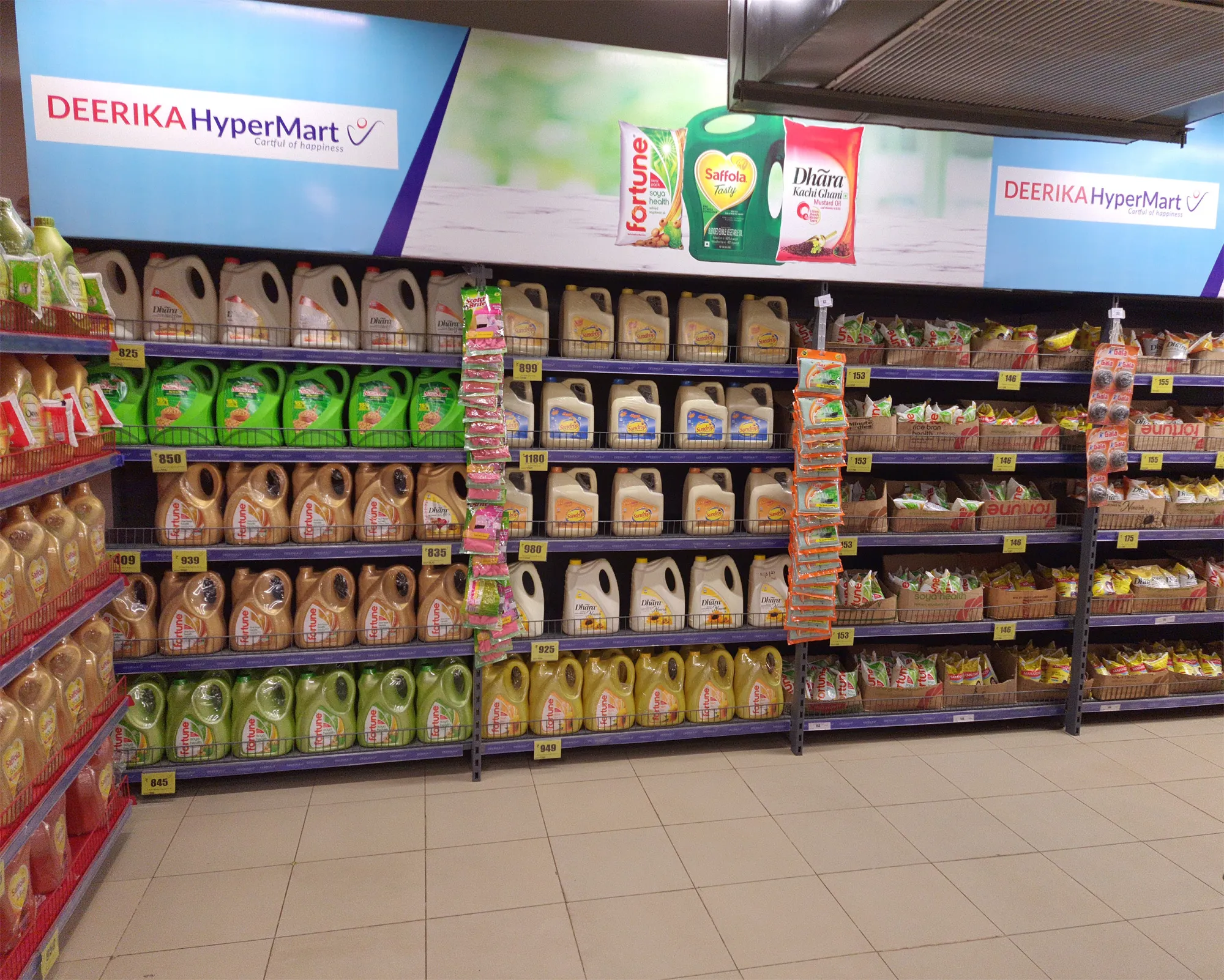
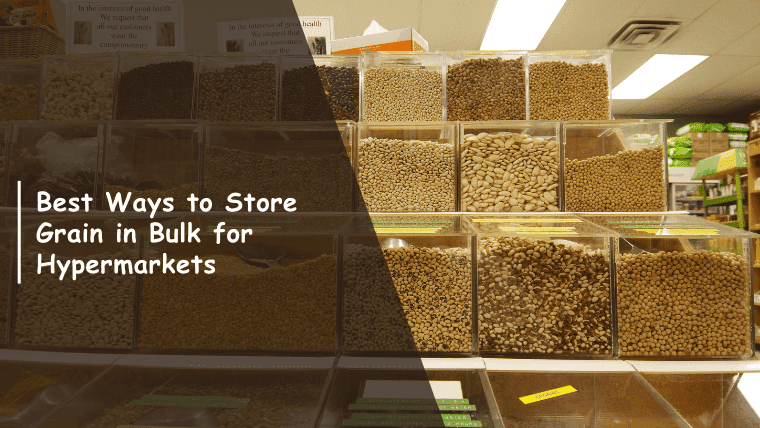
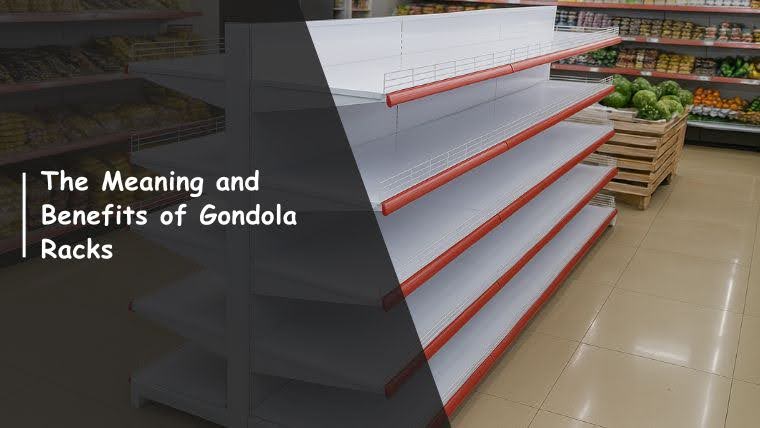

Ready to Upgrade Your Process Operations?